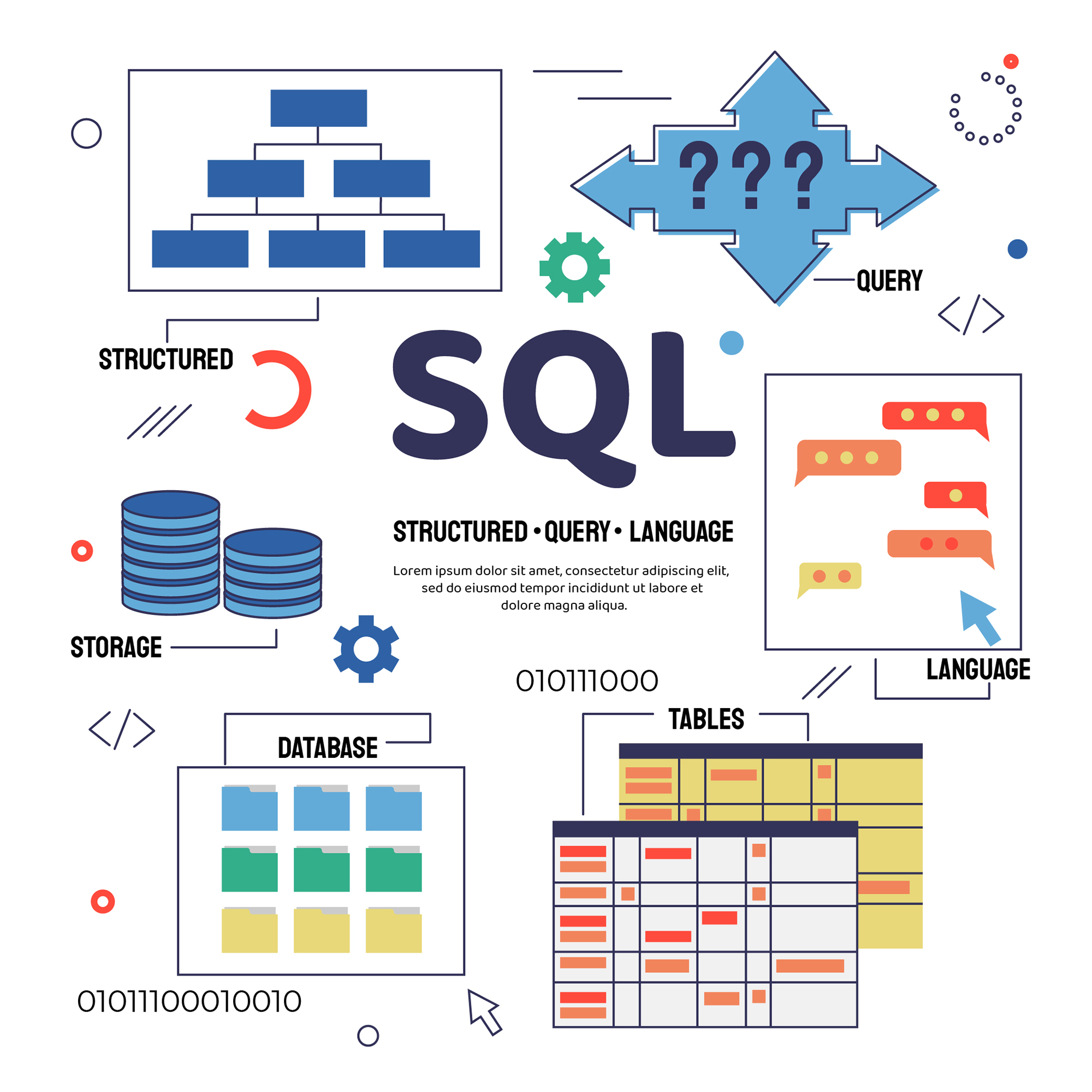In the realm of database management systems, Microsoft SQL Server (MSSQL) stands out as one of the most sturdy and broadly utilized answers. A essential issue of configuring and coping with MSSQL involves information its default port settings. This article delves into the specifics of the default port for MSSQL, explaining its importance, the way to change it, and exceptional practices for ensuring most excellent overall performance and security.
What is the Default Port for MSSQL?
The default port for Microsoft SQL Server is 1433. This port is used for SQL Server to concentrate to incoming customer requests over TCP/IP. When you install MSSQL, the default configuration sets the server to talk over port 1433, permitting packages and clients to connect to the database engine.
Why Port 1433?
Port 1433 is detailed because the default port due to the fact it is registered with the Internet Assigned Numbers Authority (IANA) specifically for Microsoft SQL Server. This standardization simplifies the method of connecting to the database, as clients and applications understand to apply this port whilst attempting to communicate with MSSQL.
Importance of the Default Port
Understanding the default port is essential for several reasons:
Configuration and Setup: Knowing the default port is critical at some point of the initial setup and configuration of the SQL Server. It guarantees that the database engine and client programs can communicate seamlessly.
Troubleshooting: When connectivity troubles get up, checking whether the server is listening on the precise port can assist diagnose and resolve problems fast.
Security: The default port is a recognised goal for malicious attacks. Understanding its position permits directors to implement security features, together with changing the port number or configuring firewalls to shield the server.
Changing the Default Port for MSSQL
While the default port is handy, there are conditions where changing it might be essential. For instance, in environments with a couple of SQL Server times or whilst seeking to mitigate safety risks by using obscuring the port variety.
Steps to Change the Default Port
Open SQL Server Configuration Manager: This device is used to control the SQL Server offerings and network configurations.
Navigate to SQL Server Network Configuration: Under this phase, choose the example of SQL Server you desire to configure.
TCP/IP Properties: Right-click on TCP/IP and pick Properties. In the residences window, you’ll locate the IP Addresses tab.
Change the Port Number: Scroll all the way down to the IPAll segment and trade the cost of the TCP Port field from 1433 on your favored port range.
Restart the SQL Server Service: After making the alternate, restart the SQL Server carrier to apply the brand new port settings.
Considerations When Changing the Port
Client Configuration: Ensure that every one client applications are updated to apply the new port range.
Firewall Settings: Update firewall regulations to permit visitors through the brand new port.
Documentation: Keep a document of port adjustments to facilitate troubleshooting and future configurations.
Best Practices for MSSQL Port Management
Use Non-Standard Ports: To decorate safety, consider the usage of non-popular ports to your SQL Server times. This can lessen the probability of automated assaults targeting the default port.
Implement Firewalls: Use firewalls to limit get admission to to the SQL Server. Only allow trusted IP addresses to connect to the server.
Regular Monitoring: Continuously display the network site visitors and SQL Server logs to come across any unusual pastime that would suggest an tried breach.
Update Security Protocols: Regularly evaluation and update safety protocols, including patching the SQL Server to protect against recognized vulnerabilities.
Backup Configurations: Maintain backups of your SQL Server configurations and settings. In case of any issues, you could quickly repair the previous kingdom.
Troubleshooting Common Issues
Even with a nicely-configured SQL Server, issues can still get up. Here are a few commonplace troubles related to port settings and a way to troubleshoot them:
Server Not Listening on the Correct Port
If the SQL Server isn’t listening at the anticipated port, affirm the subsequent:
Configuration Settings: Double-take a look at the TCP/IP houses in SQL Server Configuration Manager to ensure the correct port is ready.
Service Status: Ensure that the SQL Server carrier is running. Restarting the provider can often solve connectivity problems.
Firewall Rules: Confirm that the firewall is configured to permit traffic thru the special port.
Connectivity Issues
If clients cannot hook up with the SQL Server:
Port Number: Ensure clients are configured to connect the use of the suitable port number.
Network Issues: Check for any network-related troubles that is probably blockading the relationship, including community outages or incorrect DNS settings.
SQL Server Logs: Review the SQL Server logs for any errors messages which can provide insight into the connectivity hassle.
Security Alerts
If you receive safety alerts related to port pastime:
Investigate Logs: Thoroughly inspect the SQL Server logs and network visitors to perceive any capacity threats.
Update Security Measures: Implement additional security features if essential, such as converting the port number, updating firewall regulations, or enhancing authentication protocols.
Conclusion
Understanding and handling the default port for MSSQL is fundamental for database directors and IT professionals. By default, MSSQL uses port 1433, however converting this port and enforcing nice practices can significantly beautify the security and performance of your SQL Server surroundings. Regular tracking, appropriate configurations, and proactive security features are critical to preserve a strong and steady database device.





